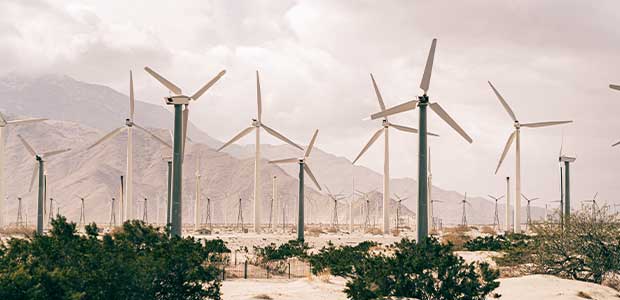
Safety in the Renewable Energy Industry
There are many benefits to renewable energy.
- By Devin Partida
- Jun 04, 2021
Renewable energy is a clean, inexhaustible alternative to fossil fuels, which contribute to a significant portion of greenhouse gases worldwide. But despite the industry’s advantages, many people have overlooked the safety repercussions for field workers.
These are the most significant safety concerns for employees who work in renewable energy:
Work Safety: Renewable Energy vs. Fossil Fuels
What’s the difference between the safety risks in the renewable energy and fossil fuel sectors? It’s important to note that each industry has similar concerns, which are mainly fall hazards and electrical currents. Further, confined spaces in power plants and other workspaces are risks.
Each sector also presents unique challenges. Those who work in the coal industry won’t always encounter the same challenges as workers in the solar industry. These environments involve different processes. That’s why coal’s mortality rate per terawatt-hour is higher than solar’s by a large margin.
But even though the renewable energy sector may be safer, workers can still face occupational threats daily.
Common Hazards in the Renewable Energy Industry
The hazards renewable energy workers encounter are often universal issues that people in similar fields experience. That said, clean power alternatives, like wind, have specific challenges that increase safety risks for operators and mechanics. This industry isn’t immune to threats.
Here are a few to consider:
1. Machinery Misuse
Between geothermal pumps and wind turbines, renewable energy features unique equipment and tools. For example, solar energy requires an array of photovoltaic modules to source power, so workers must know how to install them. This task requires specific knowledge.
Anyone who misuses machinery can expose themselves to safety risks. That’s true in any field — but especially in ones that involve specialized components. Otherwise, workers can fall victim to thermal burns, toxic chemicals and more.
2. Fall Hazards
Those in the renewable energy sector are as prone to falls as workers who deal with fossil fuels. Take wind power as an example. It has the most job growth in clean energy* alongside solar power. However, wind may also be the most dangerous sector regarding falls.
Many wind turbines are around 250 feet tall, which means people who work on them must be as cautious as possible. That’s why fall arrest devices are crucial. Without them, workers will likely experience fatal injuries.
3. Electrical Currents
The essence of renewable energy is to provide power. Therefore, workers are at risk for injuries related to electricity, including burns and shocks. That’s not unique to the clean power sector, but people should still recognize that electrical currents can be a significant issue.
4. Confined Spaces
Operators in renewable energy plants can encounter confined spaces. Because some energy sources contain hazardous chemicals and gases in the production phase, workers need to take the proper precautions to avoid injury. It’s also important to be careful during manufacturing.
OSHA notes that confined spaces can cause issues like asphyxiation, due to low oxygen levels. Therefore, managers must check areas beforehand to protect workers. These problems are most present in the wind sector, since the turbines require interior work and operation.
Renewable Energy Presents Unique Risks for Workers
Though renewable energy is best for the planet’s health, workers involved in the field can encounter unique safety issues. Many hazards are common for the energy sector in general, but clean power requires specialized operations. That means different threats exist.
As the clean energy industry develops, managers, installers and operators must create safety measures. Authorities like OSHA offer helpful and actionable procedures for all energy workers, which is a solid place to start. However, more work is necessary for the future.